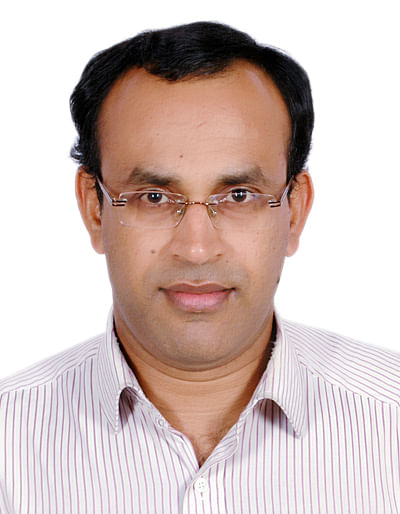'Revise agriculture power tariff'

In a report on the power situation in Karnataka, the Commission said as the agriculture consumption of power is not measured most of the time, the State Government should take steps to fix meters in around 17 lakh unmetered pump sets. Though the agricultural consumption of power, according to state estimates, comes around 35 per cent of the total power consumed, the Commission said the exact figure would be known only after installing meters in all irrigation pump sets.
The Commission, which was against the Karnataka Government’s decision to supply free power to the agriculture sector, said urgent steps should be taken to provide separate feeders for the sector and install meters at the 3.5 lakh distribution transformers to ensure energy accounting.
Giving the example of Andhra Pradesh and Gujarat, where separate feeders for domestic and agriculture supply has yielded good results, the Commission said Karnataka too should adopt the same measure in a time-bound manner.
Though power distribution companies are making profits, the subsidies given to farmers for free power have not been taken into account.
By giving free electricity to agriculture pump sets up to 10 HP, the subsidy bill has been pegged at Rs 2,501 crore in 2010-11 as against Rs 2,778 crore in 2009-10, said the report.
The plan panel said agriculture consumption is high in Hubli and Gulbarga –– 55 per cent and 48 per cent respectively –– when compared with other regions.
Now, the power generation in the State is 7,300 MW per day against the requirement of 8,000 MW. To overcome the shortage, the Karnataka Government has invoked Section 11 of the Electricity Act, 2003 recently to operate and maintain generating stations to their maximum exportable capacity and supply power only to the state grid.
On capacity addition front, the State is also lagging behind as in the eleventh plan (2007-2012), so far it achieved only 1,330 MW against the target of 3,095MW.
